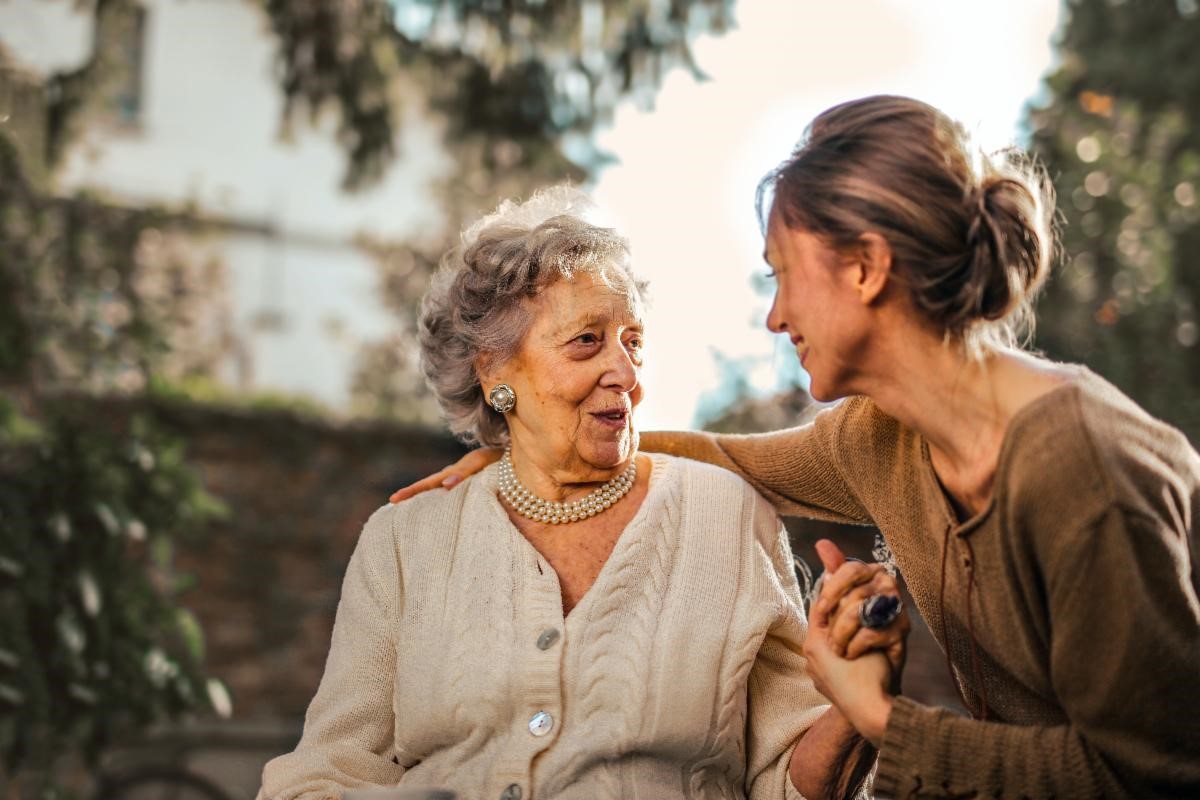
Eldercare provided by an unpaid caregiver is very common in the United States. Many of the adult population who are frail, disabled, or experiencing dementia receive care by an informal and unpaid caregiver, including a spouse, adult children, and close friends. Many of these caregivers may be eligible for Medicaid payments for these services.
If this situation applies to your family, it is well worth exploring and submitting an application.
One of the following options for self-directed care assistance may be available to your family:
- Home and Community-Based Services (HCBS):All 50 states and the District of Columbia offer some type of consumer-directed personal care assistance program via Medicaid. Commonly, an adult child is paid to provide care, but in some states, a spouse also qualifies. How much compensation depends on two factors:
- The individual’s needs.
- The average wage for a home care aide in your state/geographic region.
- Community First Choice, a.k.a. 1915 (k):An option available in nine states. This program allows participants who require an institutional level of care (i.e., nursing home level of care) to receive personal attendant services via the state Medicaid plan. Friends and family can be hired to provide personal care services, such as assistance with Activities of Daily Living (ADLs) and Instrumental Activities of Daily Living (IADLs).
- Self-Directed Personal Assistance Services (PAS), a.k.a. 1915 (j): This program allows participants to choose, train, and manage the personal care assistant of their choosing. Based on the budget they receive, program participants can choose the pay rate for their caregivers. This option gives participants an individualized budget based on personalized needs.
Who is Medicaid Eligible?
Eligibility for Medicaid programs that pay for caregivers is based on an applicant’s financial (income and assets) situation, as well as his/her functional ability. Medicaid eligibility requirements vary across states.
How to Apply/Getting Started
The first step is enrolling the individual who requires care in their state’s Medicaid program. Before beginning the enrollment process, you should ensure the individual meets his/her state’s eligibility requirements.
- If your loved one is eligible, the next step is to contact your state’s Medicaid office to begin the application process.
- If your loved one is not eligible for the Medicaid program, this does not mean they cannot become Medicaid eligible. You may choose to work with a professional Medicaid planner to ensure their eligibility. Medicaid planners, in addition to helping with the paperwork, are familiar with the nuances of eligibility and can help families restructure their finances accordingly.
- Your state may also have several support services to help you navigate additional financial options including Aging and Disability Resource Centers, Elder Helplines, and state Departments of Veterans Affairs.
According to Family Caregiver Alliance, nearly 80% of adults who live at home and receive long-term care assistance depend solely on relatives and friends. The role of informal caregiver, while personally rewarding, isn’t easy to take on. Many caregivers are also employed elsewhere. I encourage you to look into financial assistance options to help bridge expenses.
Additional source:
How to Receive Financial Compensation via Medicaid to Provide Care for a Loved One

